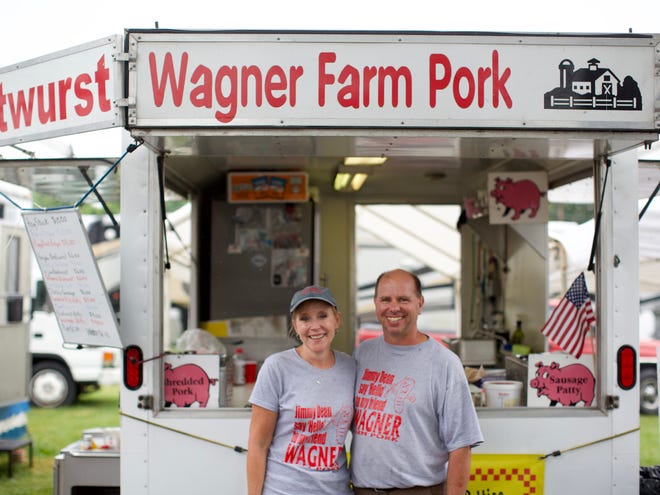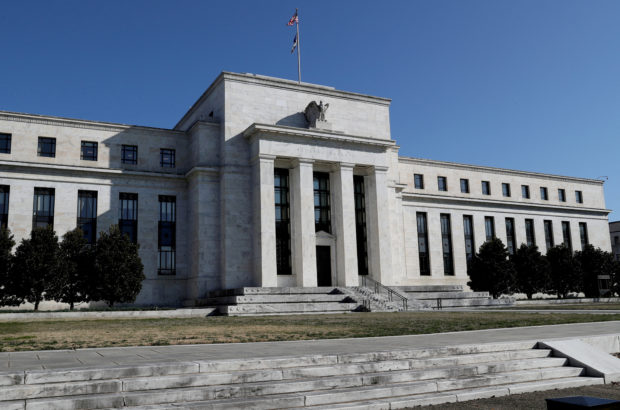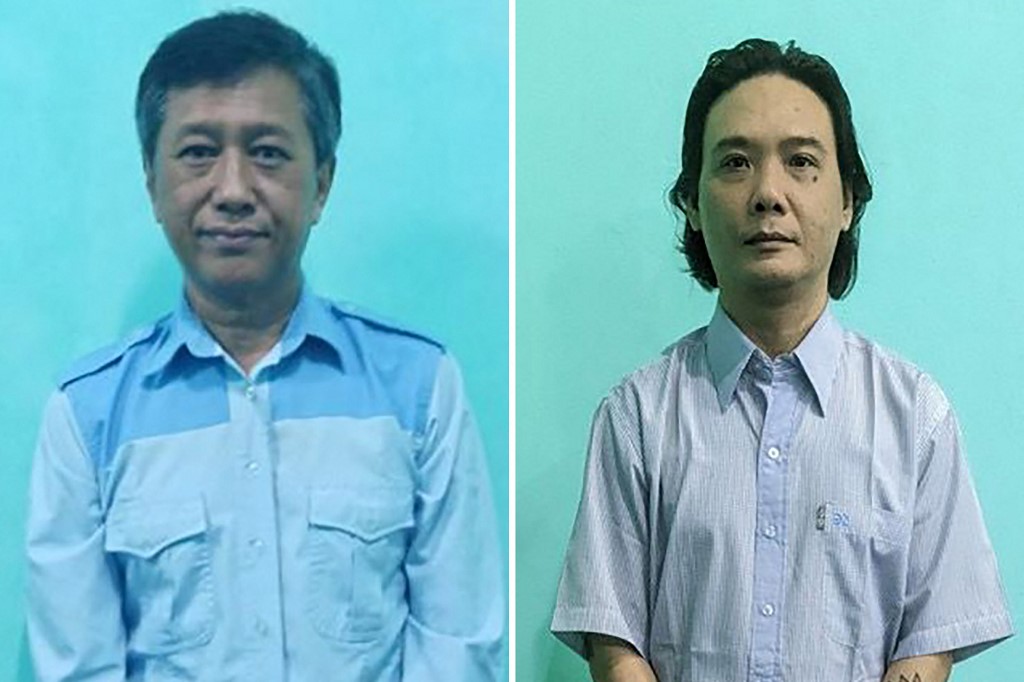[ad_1]
Inside movie, artwork, music, vogue and different inventive industries, there’s a lack of illustration of individuals of colour, together with Asian folks. Whereas latest years have seen extra Asian illustration with movies like Loopy Wealthy Asians and The Farewell, these depictions regularly middle East Asian narratives, leaving many individuals—together with the Filipino diaspora—out of the image. This dearth of visibility is what birthed Hella Pinay, a queer-led vogue and tradition journal celebrating these within the diaspora. (The phrase “pinay” is a colloquial time period used to check with Filipino girls and femmes.)

Because the founder and editor in chief of the platform (who labored within the vogue trade for almost a decade alongside icons like Anna Sui), Stephanie Gancayco is well-informed on how inventive and media areas exclude Filipino tradition and folks. “There are Filipino celebrities however—a minimum of in 2016—they weren’t claiming to be Filipino or speaking about their tradition,” Gancayco (whose pronouns are she/they) says. When Filipino individuals are lastly represented, the portrayal misses the mark. They proceed, “There’s Pinoy-centered media or media geared toward Filipinos, however they’re actually corny, not consultant of how various we’re and type of pushing these post-colonial values of how we should always look or how we should always costume.”

Hackneyed and flattened media makes it laborious to study or get in contact with the tradition. “There’s a lot of it that I had no thought about. I felt like I had an thought concerning the Philippines that wasn’t actuality since you’re taught all these stereotypes. I used to be actually simply making an attempt to share issues I used to be studying and that’s how Hella Pinay began,” they clarify, sharing how the platform grew from an Instagram in 2016 to a digital journal that has now lastly expanded to print.

Not like the platforms Gancayco encountered that homogenized what it means to be Filipino in a globalized world, Hella Pinay makes room for the complete breadth of that identification by utilizing it as a contact level for vogue and tradition. From designer profiles (just like the one on Keith Lafuente’s spirited, drag-inspired assortment) to interviews with rappers, artists, entrepreneurs and others, the journal explores how a way of Filipino-ness evokes creativity nevertheless it doesn’t outline or include it. As an alternative, voices from throughout have the liberty to precise their advanced, contradictory or distinctive relationship to being Filipino which is inevitably manifested by way of artwork, garments or music.

“It’s exhibiting how we’re very various and multi-dimensional,” the founder explains. Certainly, within the Philippines alone there are over 120 languages spoken, to not point out the opposite languages and experiences from these within the diaspora who immigrated elsewhere. So it is sensible that no single definition or expertise can include that multitude—nor ought to they be the only identifier. “There are such a lot of sides to us past our ethnicity. It informs who we’re—in fact it’s the place you come from—however there are different issues about us which are a part of who we’re,” says Gancayco.

Within the second and most up-to-date challenge of their print version, the journal explores the theme of interconnectedness, delving into connections between sustainable Filipino designers and the planet, recipes and tradition, nightlife and neighborhood, queer, feminist icons and the longer term and a lot extra. Alongside greater than 100 pages of interviews and options, otherworldly vogue editorials replicate Filipino tradition’s larger-than-life presence. When paired with a placing, full-bleed format—designed by Vi Viray—the publication embodies the plush, bountiful vitality effervescent all through the diaspora.
We, the youthful era, have the luxurious of having the ability to consider our tradition and be proud
“I really feel like we’re type of popping out of the Filipino closet,” says Gancayco, who’s noticed how the Filipino vogue and tradition scene has advanced to current day. “Clearly there’s been Filipinos in music and tradition for a very long time however—I don’t know if it’s an immigrant factor or colonization factor—folks wished to assimilate. We, the youthful era, have the luxurious of having the ability to consider our tradition and be proud.” From new Filipino music collectives to movie photographers and skate boarders, one pattern, Gancayco says, stays: “Persons are lastly speaking about lots of the problems that I feel must be talked about to ensure that us to maneuver ahead as a tradition.” Be it confronting anti-Blackness inside Asian communities or studying to honor Indigenousness, increasingly more Filipino individuals are feeling empowered to rejoice and advance each other.

Highlighting and fortifying this empowerment is what Hella Pinay does so nicely. By making area to ruminate on identification and tradition past the dialog of illustration (which is undoubtedly essential however solely step one), this platform critically supplies artists and designers the nuance wanted to interact in each their work and identification. Regardless of being an outlet by Filipino people and about Filipino tradition, the publication reaches far past.

“I might actually hope that individuals who aren’t Filipino are additionally choosing up Hella Pinay on the premise of vogue and tradition,” Gancayco says. As a result of on the finish of the day, “It’s about creating. It’s celebrating girls, femmes, queers, individuals who nonetheless aren’t represented in an genuine approach within the mainstream.” Giving others the area to be candid and multifaceted, Hella Pinay is a vital publication for Filipino tradition and international tradition at massive.
Hero picture by Jack Marion, courtesy of Hella Pinay
[ad_2]
Source link


/cloudfront-us-east-2.images.arcpublishing.com/reuters/54CZWTH7OBI4XCIIPFKA2JZUQM.jpg)

/cloudfront-us-east-2.images.arcpublishing.com/reuters/UE6M4QUVOZPYLBRQXSROQVGVEE.jpg)











